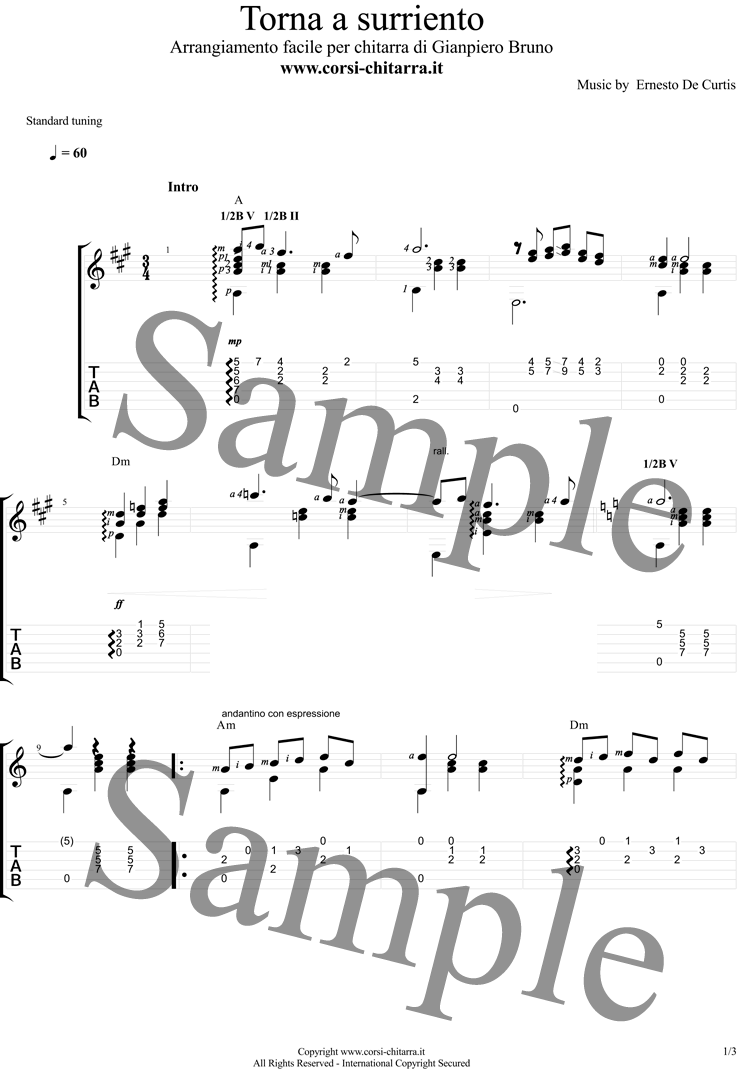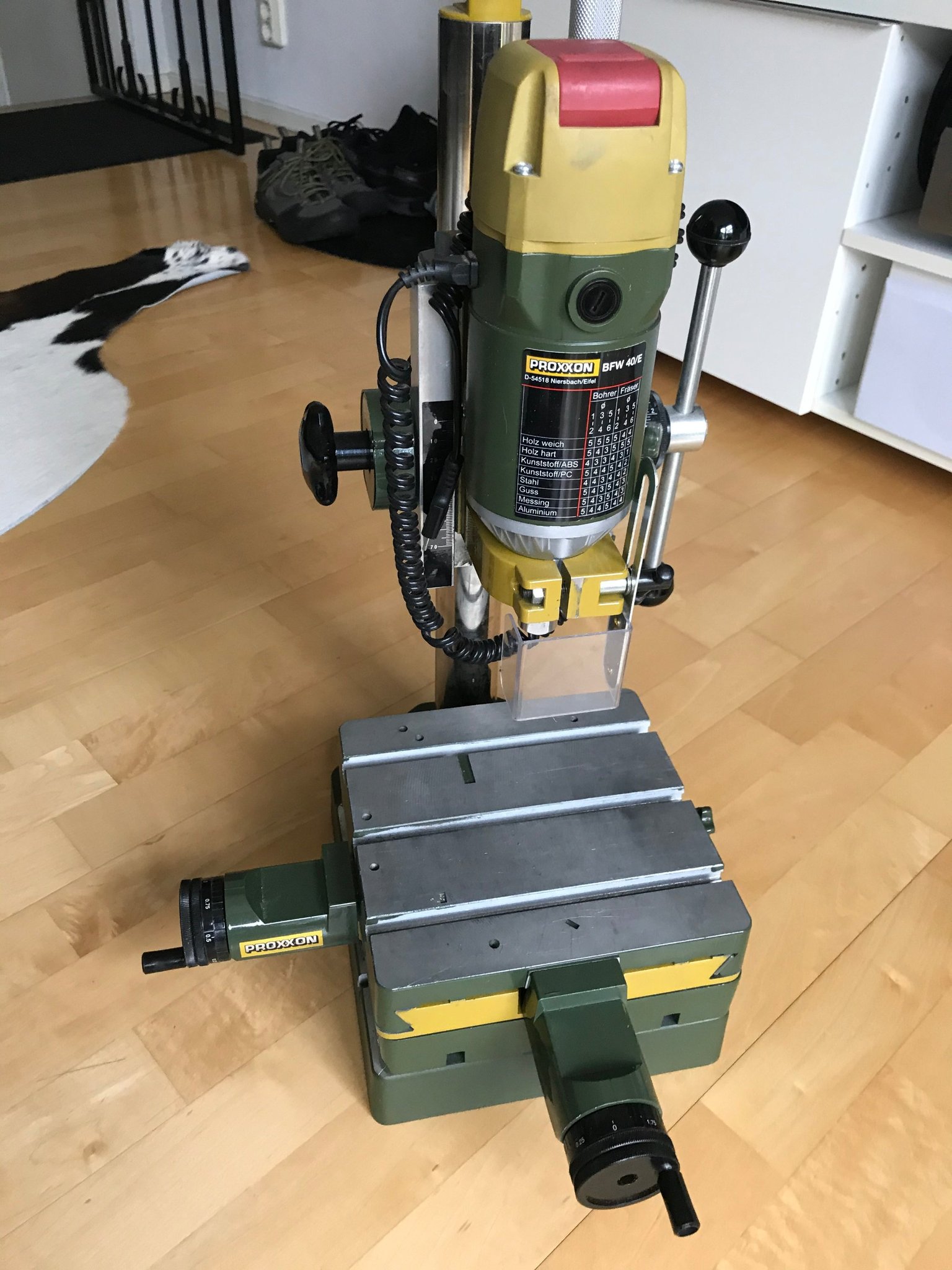

The battle composition for the active team includes the Vanguard and the Rear Guard. When in battle, only one team can be in direct control while the other teams are controlled by the CPU. Regarding the battle system, there are three members in a team, and a maximum of three teams, making the total amount of playable characters at nine. Monolith Soft also added a "Tips" section to the game, allowing players to review previous tutorials. The collectible items in the field are now sorted into categories to make them easier to collect. One such example is the ability to switch characters and entire teams with a single button when out in the field. In comparison to the base game, Torna – The Golden Country made improvements to the user interface and tutorials. Since the game was designed as a separate DLC experience, the team incorporated as many new gameplay elements as possible to go along with its story and characters. The battle system and other gameplay systems were changed from the base game because Tetsuya Takahashi had a strong desire to make it easy for players to engage with the game. Torna – The Golden Country expands on Xenoblade Chronicles 2 by introducing a new combat system. It is a story expansion to the 2017 game, Xenoblade Chronicles 2, and was released both as downloadable content and as a standalone title on a physical cartridge. If you’re interested in hearing more about the combat system, we cover it at length in our review here.Xenoblade Chronicles 2: Torna – The Golden Country is a 2018 action role-playing game developed by Monolith Soft and published by Nintendo for the Nintendo Switch console. Break, topple, launch, and smash combos (which I memorize through Bacon, Tomato, Lettuce, Sandwich) and all that jazz is still in. Cooldown resets also encourage swapping - it all reminds me of a tag-team fighter in the best way. This art can be leveled up like any other ability and could directly impact your efficacy in tougher fights.

Now swapping initiates a move, which may or may not work as a combo. While you can easily imagine what it’s like to change styles in the middle of a fight (one Blade might have healing powers, and so on), Switch Arts mix things up a little further.

This time you’re swapping between Blades (again Pokémon) and Drivers (Pokémon trainers, typically humans), which brings its own mechanics along with it in addition to the mere act of changing up who you’re directly controlling. Playing it again after a lengthy hiatus, I felt lost, but not too lost, you know? It all came rushing back, the waltz of battle, but with a slight new twist.


 0 kommentar(er)
0 kommentar(er)
